
After WonderCon’s panel for IRON MAN, we were afforded the opportunity to sit down with director Jon Favreau to talk about what we could expect from the film, how much action there would be, the usage of CGI, which comics the movie borrowed from most, and plenty more. If you still need convincing that IRON MAN’s gonna be one of the most kickass movies of 2008, then simply read on below…

JON FAVREAU
Your little boy was geeking out big time next to us during the movie panel for IRON MAN.
Oh was he? [imitating his son] “He said two curse words!”
And we saw your kid’s IRON MAN drawing.
He did it, and then some fan tech’d it out. He used surfaces from the real suit and applied it to my kid’s [drawing]. That was the first sort of fun I had with the fans, that’s when I was first exploring this internet and fan dialogue.
Well, you had your old message board…
Yeah, people either knew about it or they didn’t. Those main boards, you had a couple dozen people who would be keeping up with it, but most people didn’t give a shit.
And they migrated over to “Dinner for Five”.
That’s right, that’s right. Now thanks to Myspace, there’s like 10,000 people in that group. And then on mine, there’s like 30,000 people.
You used to actually respond on the old boards.
I would. Now, I was giving out too much information I think. People were figuring out the whole movie. You gotta be careful. It’s like when you take the stand. You gotta plead the fifth at this point. And then come out with something like I did today, which allows you to have a little bit of radio silence and then bang!
There are too many movies out there now that don’t have to prove anything. THE DARK KNIGHT, after the last film, and from what I’ve seen from this, they have nothing to prove; people will come see that movie. INDIANA JONES, you show the shadow of him putting his hat on, and I’m going. And they work it right. You are definitely putting it out there when you’re putting this much stuff out there, but that’s what’s given us… nobody knew what IRON MAN was when I came on board. And now everybody knows who he is thanks to comic con, and the footage we brought. If people think when I come onstage that they’re gonna see more than the expect, as long as the studios are cool with it, which they were with this, I like to do that. Haven’t been punished for it yet.
How much pre-production did you have to do on Iron Man’s design?
That was fun. A lot of that’s Winston, a lot of that’s our artists who are working on it. When the DVD comes out, I wanna put out a making of with all the artwork, so you can see the progression of it. I just wanna make sure people like the movie first, because I hate when all the material comes out and nobody cares about the movie.
There’s a scene in the new trailer with Stark surrounded by some girls in bikinis. How hard do you push the rating for stuff like that?
Not too hard. As a matter of fact, that scene’s not in the movie right now. It was more for time. On the DVD, you’ll see the additional stuff. We’re making the best version of the movie we can. It used to be in your contract, past PG-13, then they have descriptors in there, and they’re very picky about which descriptors you have, and there’s a whole negotiation about that. If people think that’s its not appropriate for their kids, this movie cant make enough money to justify how much it would have to make to be a success. So it’s a real balancing act, especially for a first one before the tone is established.
In second and third ones… I mean, look at what happened with REVENGE OF THE SITH. That was a very graphic film, and yet I have no problem bringing my kid to it because it’s STAR WARS. VAN HELSING comes out, that’s PG-13, I don’t want my kid seeing it. But I made a movie that I would be comfortable with my kid seeing. So, the language… PG-13, you can usually drop the f-bomb once. Not in a marvel movie you can’t. So it’s not hard, but it’s intense. Which people don’t seem to mind. It’s just language and sexuality, you gotta be careful with how you present it.
How did you go about preparing for the action sequences?
There were two things that I drew on: one was the incredible collaborative resources I had around me, between Kevin Feige and the people at marvel and Avi Arad, the producer, in the pre-production process, and then the incredibly talented storyboard artists/previs people, and then the people at ILM… it’s a very big collaboration. And there you must rely on those people. Even filmmakers who are action directors, even a guy like [Michael] Bay, or [Sam] Raimi, they rely heavily on their team as well. They have a vision for things, but there will be hundreds of people to help see that vision. So I was very open to collaborating on that. Because so much of it, I’m just seeing those sequences now, after two years. So I have a lot of respect for those action directors now.
The other thing I drew from was what I don’t like to see, which is action that undermines the story of the film. Undermines the reality. Marvel films always had a tongue-in-cheek, irreverent quality, but never when it came to the action. It was always very serious about the stakes on winning and losing. So, you can joke around with [Stark] talking and things happening in a humorous way to him, but when that suits working, the stakes of that conflict better not be made light of.
So story first, action second?
Right, the action’s a set piece. It has to propel the story. If it was a musical, the songs would have to progress the story. If it was a boxing movie, each match would have to represent something.
Because there was so much CGI, I didn’t want to just have virtual cameras flying around. So we found a great practical air-to-air film like TOP GUN, and said, “This was all real. This is before CGI. How did they film it? What did they have to do?” They used long lenses… it looks different than STEALTH. STEALTH, the camera uses a short lens, it frames everything perfectly, and it goes for a different aesthetic. It goes to be spectacular. TOP GUN, they’re trying to line the two planes up, and it’s so hard to keep an open frame. Sometimes it buzzes. It’s like, “Look at this, why is this cool?” It makes it look like an air show. When something blows up, you zoom in it and miss it and try to get it. It looks like a YouTube video.
On RUDY, they said, “How can they make the football look real?” And I was just a fly on the wall being an actor. But the NFL film guy said the way you can make it look real, but you won’t do it. They say, “Why not? What is it?” Don’t put any cameras on the field. We never have a camera on the field. So if you see a close-up, it’s a long lens. Now you can’t tell the difference between a shot lens and a long lens, but there’s a quality to the background and the focal depth of field, so you notice that it looks real. And if you look at RUDY, you’ll notice there’s never a camera on the field during the action, it’s all from the sidelines. And it gives it an authentic feeling, and that’s why when he sacks that guy, you really feel something, and it feels real. And the more real the action is the more you feel emotionally. It’s a more visceral experience.
So if you look at all the flying stuff, we sometimes break the rules, but we always try to make it, “Where’s this camera?” Well, it’s off of a plane. “OK, what lens would it be on? What would be in front of that lens?” Well there’d be some mist, there’d be some imperfections in the lensing. We shot real planes. We didn’t just take a camera and do this. We flew planes and followed the planes with other planes. So you have a certain sloppiness to it. And I don’t know if people know that, but people responded really well to the F-22 stuff. So, you know, it might not be as dynamic as other movies where you can put the camera anywhere, but I think it adds to the overall storyline.

What version of the comic does the movie stem from the most?
Ours is more classic. I really liked Adi Granov’s version of the origin story, and we borrowed from that a lot. “Extremis”, it was a flashback. He was very consistent, but expanded upon [the origin], and made it feel more plausible to today’s audiences. I liked that a lot.
There are other things that the books don’t discuss, which is how the hell do you build a suit? Like, on Robot Chicken, they were making fun of it. “What’s he doing in there?” So we really went out of our way to try to make it at least plausible. It’s still a comic book movie. There are certain leaps you have to make that are nothing but silly. But don’t be insulting, at least try to make it make sense. And we did. So the tone is more the classic eye, although you put that sort of early ’60s/mid-’60s cad, it’s a bit of an anachronism, and he comes across as a bit of an asshole.
How do people react? What is Pepper Potts now? Is she just a secretary that gets all excited that the boss is talking to her with big thought balloons about getting married? I don’t think that’s today professional woman. When you have an assistant, they take your life over, and you rely on them heavily, and when people invest that much in their career, a man and a woman, a weird de facto marriage develops with these two people who are living completely imbalanced lives. How do you explore that? That’s a dynamic I’m very proud of. Probably the most proud of in the whole film, is that relationship. It’s really cool, and its Gwyneth [Paltrow] in a way that I’ve never seen her in movies, but it’s very close in certain respects to a certain really appealing quality she has as a friend and a person.
Will Iron Man sound differently when he talks in the helmet?
We gotta discover that. The Iron Man voice is very easy in the books… you just do a jagged line, and, “It’s Iron Man!” But it’s a balancing act. If you lose too much of the personality, it’s weird. You lose part of Robert [Downey Jr.]. That’s part of why we have, as you saw in the footage, that virtual sort of suite that he’s in, this heads-up display that provides this binocular vision that would give him a 3d environment and operating system in the suit that would help explain things. And allow you to present him in way were there doesn’t have to be a camera right here, because it’s implying a virtual space, and it gives you an opportunity to cut in and see Tony and what he’s processing and dealing with. So you can cut in to Tony when that’s appropriate, and when it’s Iron Man, you’re outside the suit. And what’s that voice? That’s why we got Skywalker. And that’s where I’m going right from here. Hopping in the RV and going right up to the ranch, and start working on it on Monday, to discover that voice.
How much of the movie is dedicated to the development of the armor?
A lot of it is. You got a taste of it in the trailer, you got him building the Mark I, which you saw from the old stuff. And then the Mark II, the sort of flying prototype, the sort of Howard Hughes-type discovery part of the film. And then there’s the Mark III, which he ultimately weaponizes, and is able to do combat in.
Are we gonna see a lot of action with the Mark III suit?
Oh yeah. [laughs] You will.
How far into the movie does it appear?
You know, it’s an origin story. So a lot of it is spent developing that first suit, and figuring out who he is, and getting back, and how do you integrate that in a way that’s maybe a little more organic than most origin stories, which tend to feel like… bonus scenes.
Can you talk a little bit about Jeff Bridges character?
He’s Obadiah Stane, so fans I think know what to expect from that character.
Iron Monger…
Yes, we have a big robot that’s… I guess I can say Iron Monger, because Hasbro has no problem putting him out there.
[Laughs]
So yes, it’s Iron Monger. We don’t present it in the way they do in the books. It might play differently to people who don’t know what to expect. But he’s… you know, I just saw MICHAEL CLAYTON, and that Syndey Pollack character seemed similar to this guy in many ways. We just gave him a more complex origin.
There are certain expectations that come with Jeff Bridges that are in some ways supportive, in some ways play against expectations, as you do with the source material. So whether it’s casting, or what the books had, or Marvel canon, if we break it, it’s not arbitrarily, it’s because we want to play with people’s expectations. And I think it’s a bit of a cat-and-mouse game to play. But it’s never because studio executives said, “Oh, who gives a shit?” But hopefully it seems consistent enough that it doesn’t make people rip their livers out during the movie thinking their childhood has been raped.
Was it fun having William Hurt as Thunderbolt Ross in the film?
Oh, interesting question. “Was it fun?” Let’s see, let me think back to my logic class. I can’t answer that.
NOTE: William Hurt plays Thunderbolt Ross in the new INCREDIBLE HULK movie, and is rumored to have a crossover cameo in IRON MAN.
What appeals to you about Iron Man as a character?
I like that he is not a teenager.
Thank you for that.
It could’ve been a twenty something. When you look at these films, it’s definitely a minus to have someone who is my age playing Iron Man, because in success, you knock out a few of these, and all of a sudden he’s graying in the temples.
Robert really lobbied hard for the role, and there were enough people who really shared that vision that helped fight for it to get over the misgivings that are understandable in casting a guy who is not a young, new fresh face, but instead has a body of work that I thought really added to the role a complexity and credibility. A weight lifted off my shoulders as soon as we got the green light to cast the guy. I knew that he would be fun and interesting to watch. And it wasn’t like you were waiting through Tony Stark to get to Iron Man.




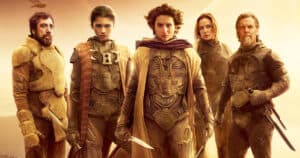
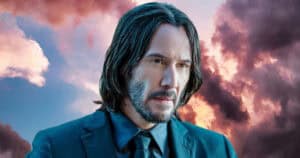
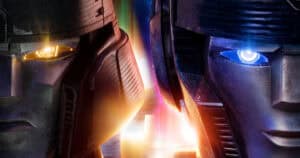
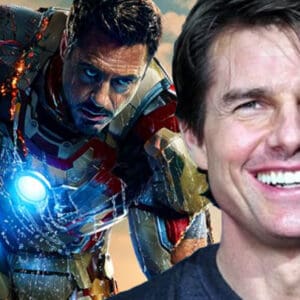
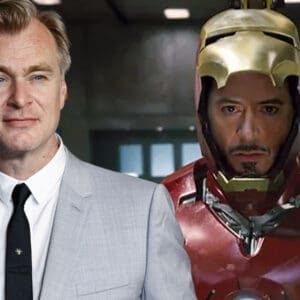
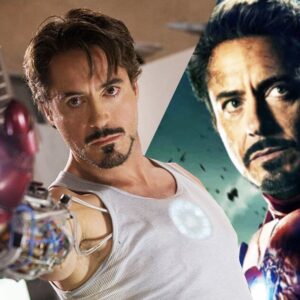
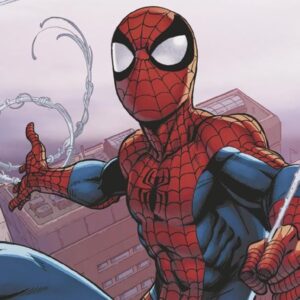
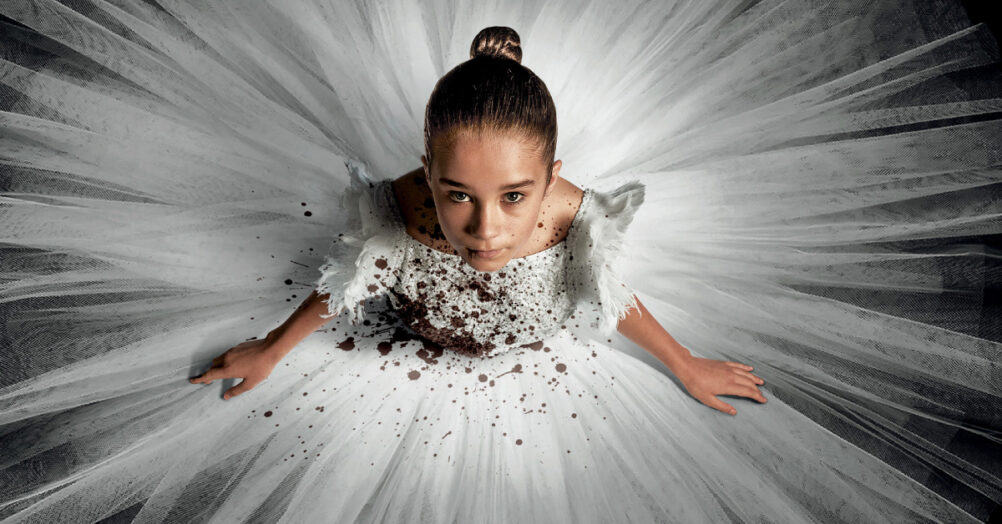
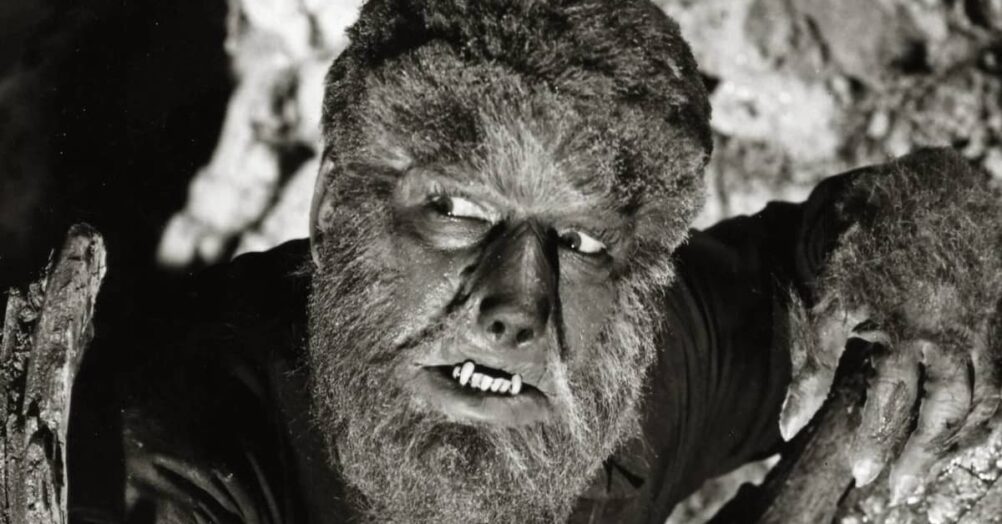
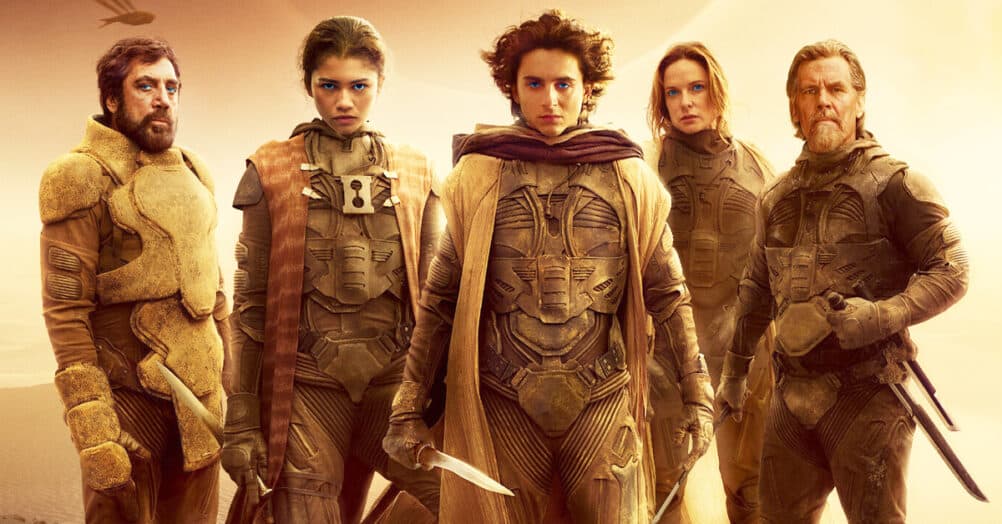
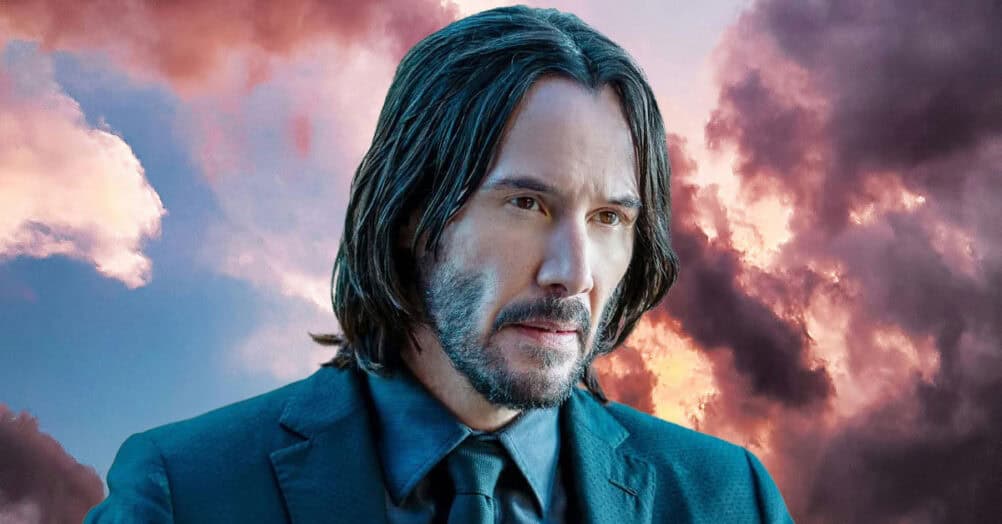
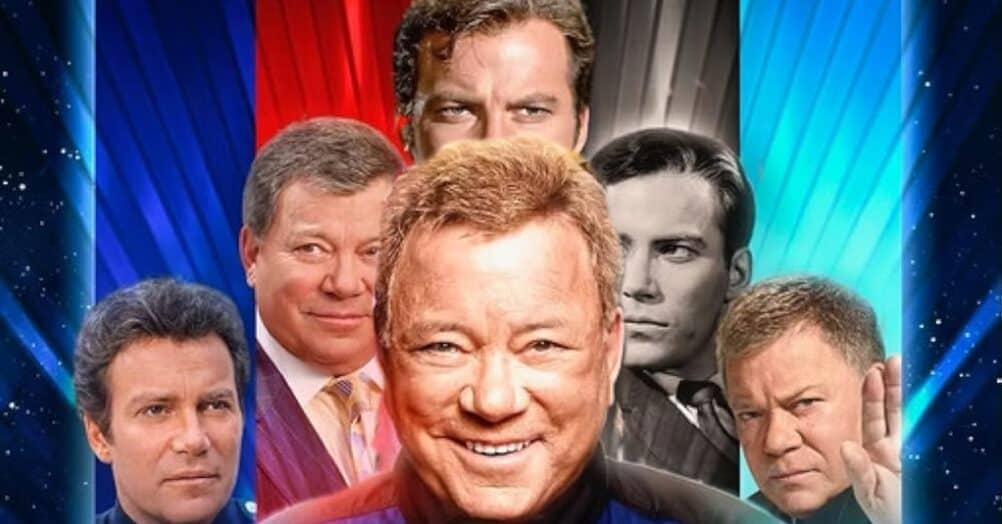
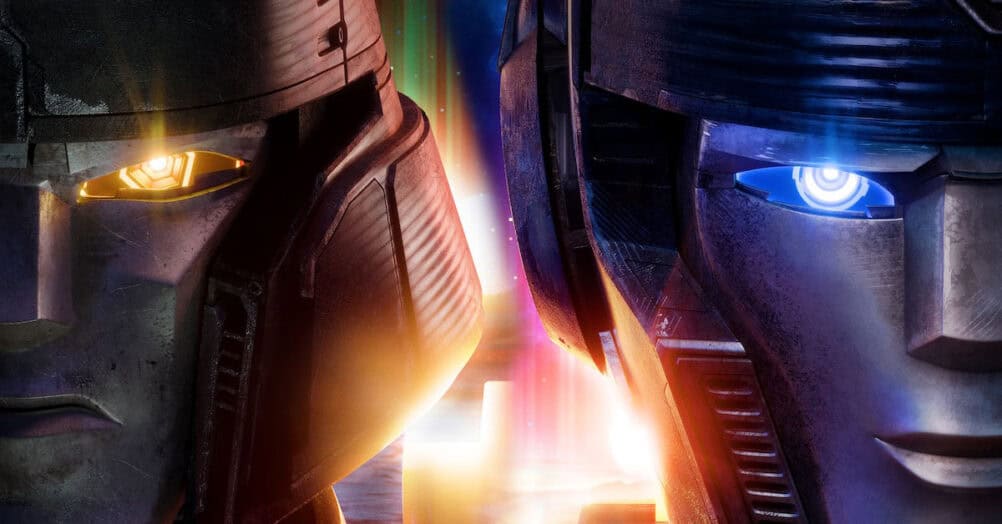

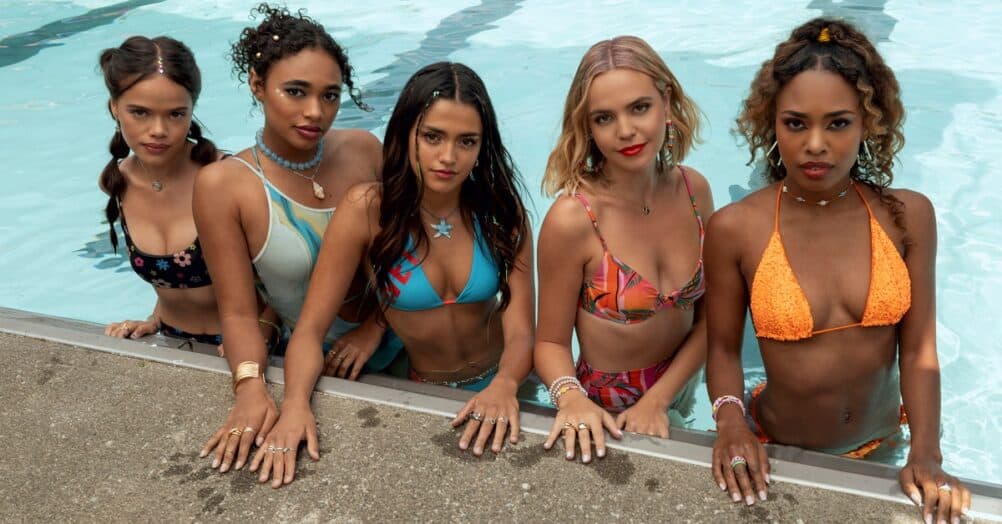
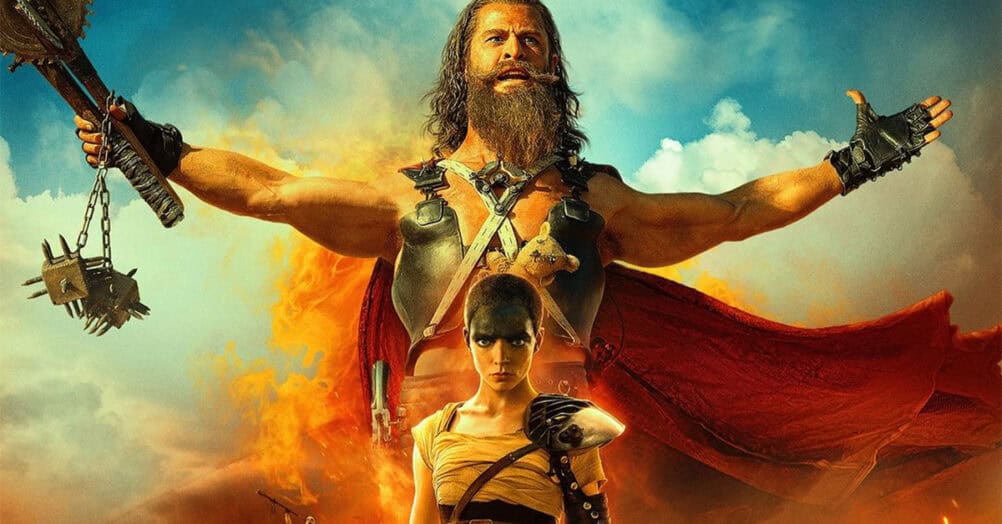
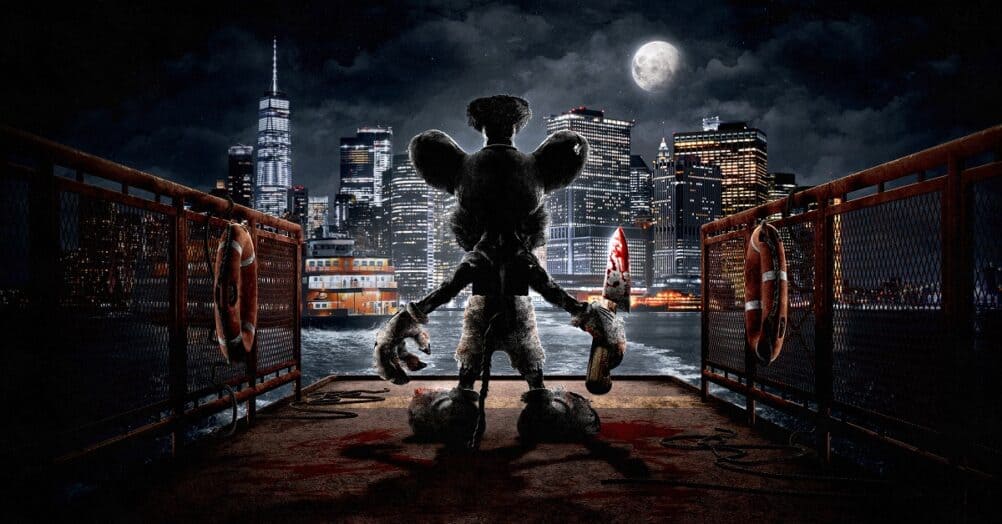
Follow the JOBLO MOVIE NETWORK
Follow us on YOUTUBE
Follow ARROW IN THE HEAD
Follow AITH on YOUTUBE